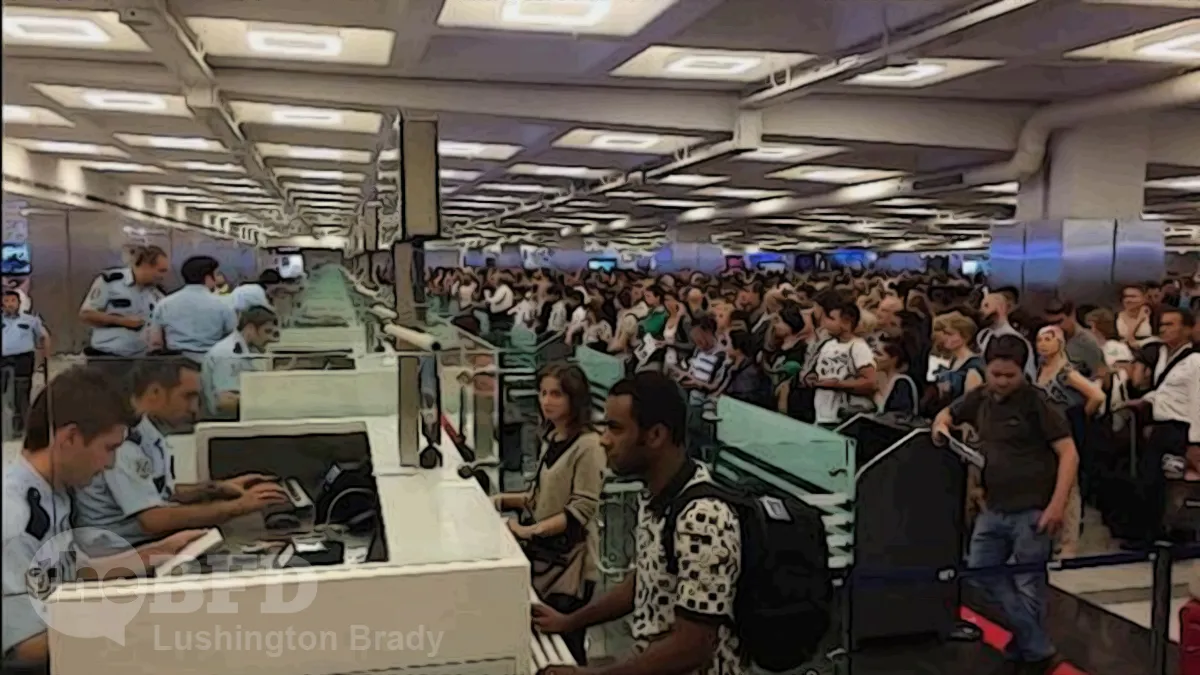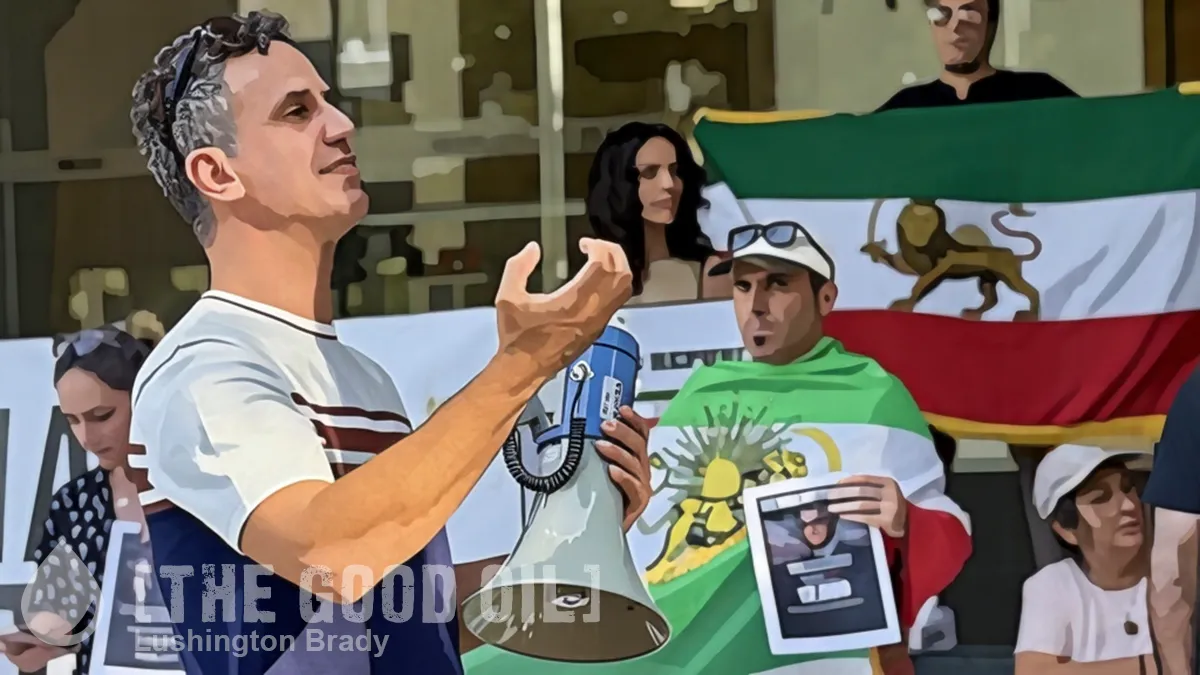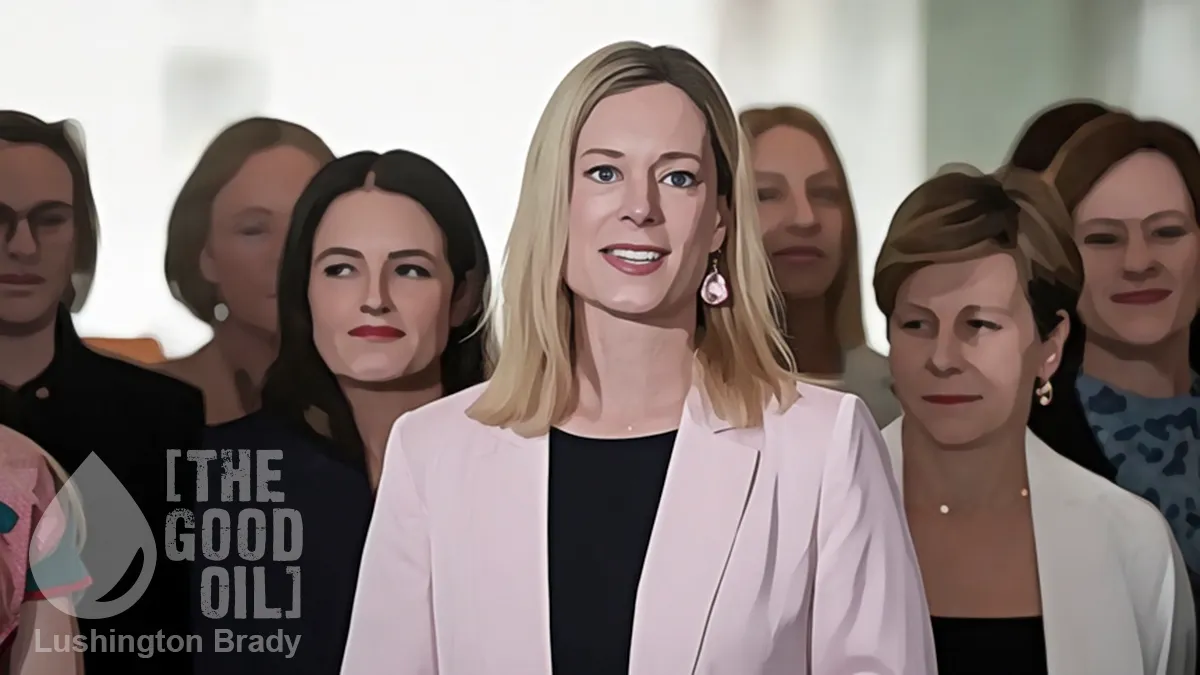Table of Contents
Can we stop pretending now that mass immigration is nothing more than a particularly nasty Ponzi scheme which punishes native citizens to reward the elites? Even the former Reserve Bank governor admitted it: mass immigration kept workers’ wages low while allowing lazy, mendicant big businesses to avoid properly training local staff. Lowe was only stating openly what local job applicants have been saying anecdotally for years: if you’re Australian, don’t bother applying.
But mass immigration — now at all-time record levels, with Australia importing the equivalent of the entire population of Auckland from the third world every couple of years — is hurting Australians in more than just the job markets. It’s driving housing shortages to crisis levels — and worse — and fuelling inflation, leading to non-stop interest rate rises that push the cost of already scarce housing into the stratosphere.
Persistent inflation pressures backed up by stubbornly strong economic data will push the Reserve Bank into delivering another two interest rate hikes, economists say, despite anecdotal evidence that households are struggling to make ends meet amid a cost-of-living crunch.
Analysts are almost unanimous in predicting that the central bank board will on Tuesday end a four-month pause and deliver its 13th interest rate rise in 18 months. Financial markets are pricing in a 70 per cent chance of a Melbourne Cup day increase that would take the cash rate to 4.35 per cent, and a nearly 25 per cent chance of a second move at the following RBA board meeting on December 5.
Oxford Economics Australia chief economist Sean Langcake said underlying inflation of 5.2 per cent in the year to September was too high for the RBA to ignore and would make reaching the end-of-year forecasts virtually impossible.
The Australian
Many homeowners, especially in the capital cities, where migrants tend to congregate, are already on the brink of mortgage default. Successive interest rate hikes will almost certainly push many over the edge.
But, if homeowners are under such mortgage pressure, then how are they keeping up retail spending and creating such inflationary pressure?
The short answer is that they’re not. Anecdotally, many households, especially, paradoxical as it may seem, middle-income households, are experiencing “food insecurity”. That is, they’re struggling to put food on the table: opting for either low-nutrition, cheap junk, or going without at least one meal a day.
The “inflationary pressure” is, in fact, entirely the result of record mass immigration.
A record spike in immigration has contributed to the biggest growth in retail turnover since January as the nation spent up big at department stores in September, increasing the odds that the Reserve Bank will be forced to lift interest rates next Tuesday.
UBS economist George Tharenou said that a key factor supporting consumer spending growth is the record boom in immigration, with temporary visa holders now accounting for about 10 per cent of the population of 2.6 million following the arrival of 500,000 in the past year.
So, while retail spending has increased in raw numbers, it’s more than offset by population growth. In real terms, Australians are indeed spending less.
While retail turnover has increased by 2 per cent in nominal terms, this was against the backdrop of a 2.5 per cent growth in population in that period, suggesting that households were in fact spending less.
The Australian
But, hey, at least big business can get their cheap foreign workers, and wealthy inner-city Greens voters can enjoy their trendy ethnic cafes.









